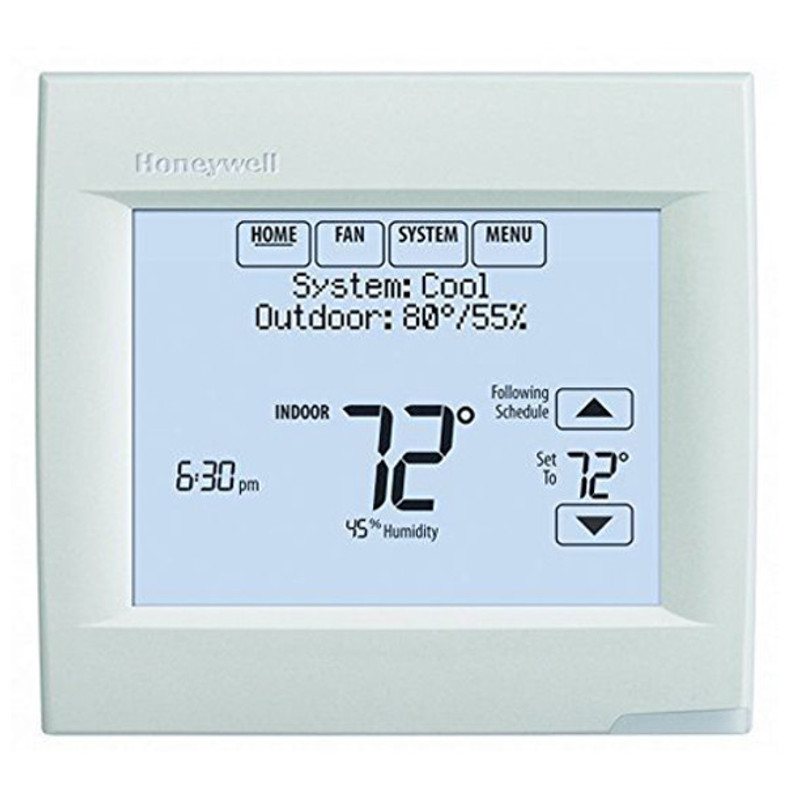Saving Money on Gas Heat with a Programmable Thermostat
As energy costs continue to rise and environmental concerns gain traction, homeowners are constantly seeking ways to reduce energy consumption and save on bills. One such method to achieve this in homes with gas heating is by using a programmable thermostat. These devices allow homeowners to set a schedule for when the heating system turns on and off, ensuring that energy is not wasted when it's not needed. Let's explore the benefits and how-to's of using a programmable thermostat to save on gas heating costs.
The Cost-Efficiency of Programmable Thermostats
- Avoiding Unnecessary Heating: By setting your thermostat to lower temperatures when you're asleep or away from home, you avoid heating an empty or unused space. This ensures that your heating system only works when you truly need it, reducing wear and tear on the system and conserving energy.
- Maintaining a Consistent Temperature: With programmable thermostats, you can ensure a consistent temperature in your home. This prevents the system from working harder to heat up a drastically cooled down space.
Steps to Maximize Savings with a Programmable Thermostat
- Analyze Your Schedule: Before programming your thermostat, understand your daily routine. When do you usually leave for work? When do you come back? When do you go to sleep?
- Optimal Settings: During the winter months, set the thermostat to around 68°F (20°C) when you're at home and awake. For the periods when you're asleep or out of the house, it can be lowered by 10°-15°F for at least eight hours a day. This can save up to 10% a year on heating.
- Avoid Manual Overrides: While it might be tempting to crank up the heat on particularly cold days, doing so frequently can diminish the energy-saving benefits of the programmable thermostat.
- Regular Maintenance: Ensure your heating system and thermostat are checked and serviced regularly. A malfunctioning system or a mis-calibrated thermostat can cause energy wastage.
- Upgrade if Necessary: If you have a very old thermostat, consider upgrading to a newer, more efficient model. Today's smart thermostats even offer features like learning your schedule and adjusting settings automatically or being controlled remotely via a smartphone app.
Environmental Benefits
Beyond just savings, using a programmable thermostat efficiently can reduce your carbon footprint. By consuming less energy, you reduce the demand for fossil fuels, which in turn leads to fewer greenhouse gas emissions.
Conclusion
A programmable thermostat, when used correctly, can be a significant boon to homeowners, both in terms of financial savings and environmental conservation. It's a relatively small investment that can yield substantial dividends over time. As with any tool, its efficacy largely depends on how you use it. By understanding its features and programming it according to your needs, you can ensure a warm home during winter months without burning a hole in your pocket.
Recent Posts
-
How to Use the Tuya Smart App with a Classic America Mini Split to Save on Electricity
Classic America mini split air conditioners are already energy-efficient, but when combined with the …Feb 8th 2025 -
Tips for Saving Money on Home Heating Costs
When frigid winter temperatures arrive, energy bills skyrocket in many households. Heating your home …Feb 1st 2025 -
How Classic America Mini Splits Work with the Tuya Smart App for Ultimate Convenience
Introduction Classic America mini split air conditioners are known for their efficiency, reliability …Jan 25th 2025


